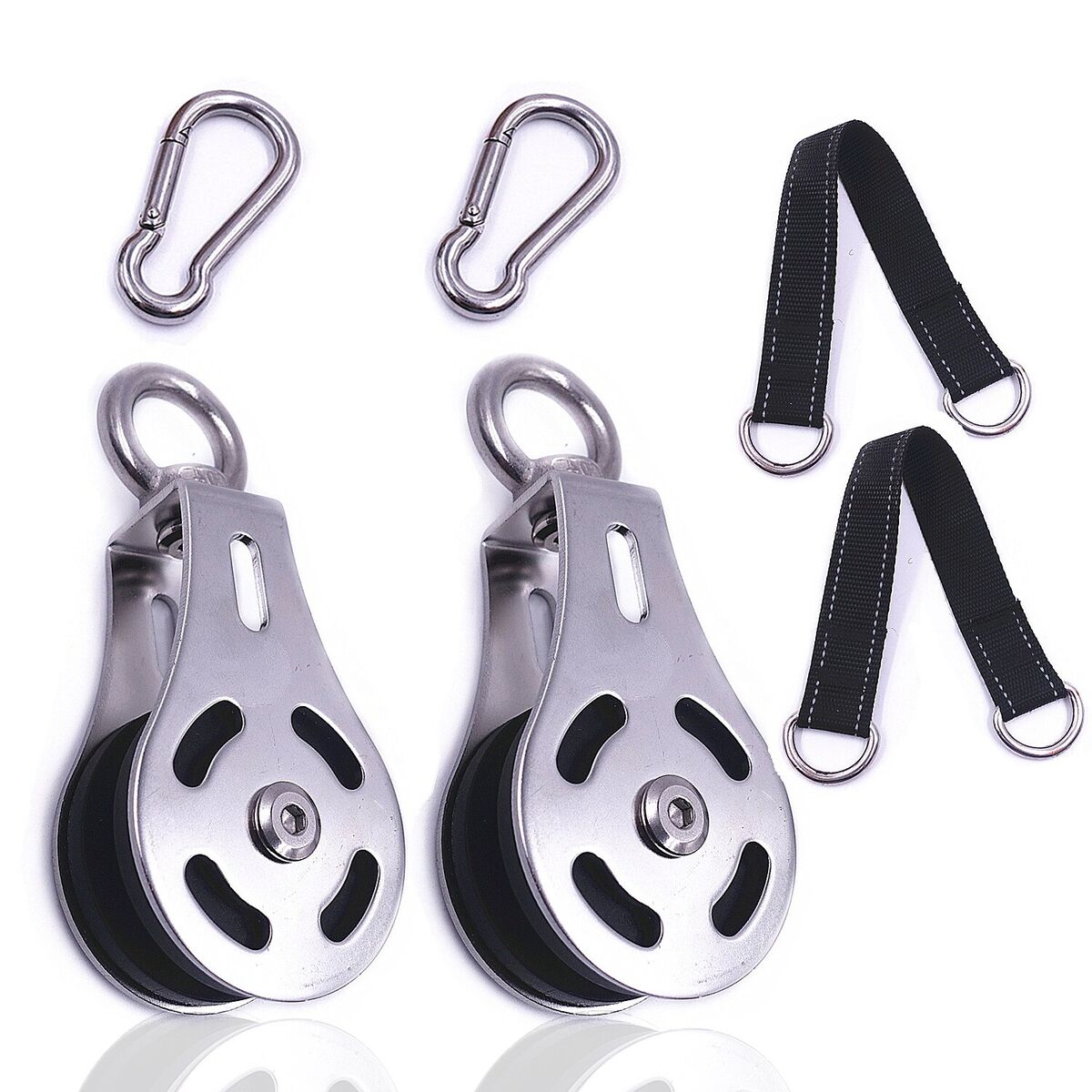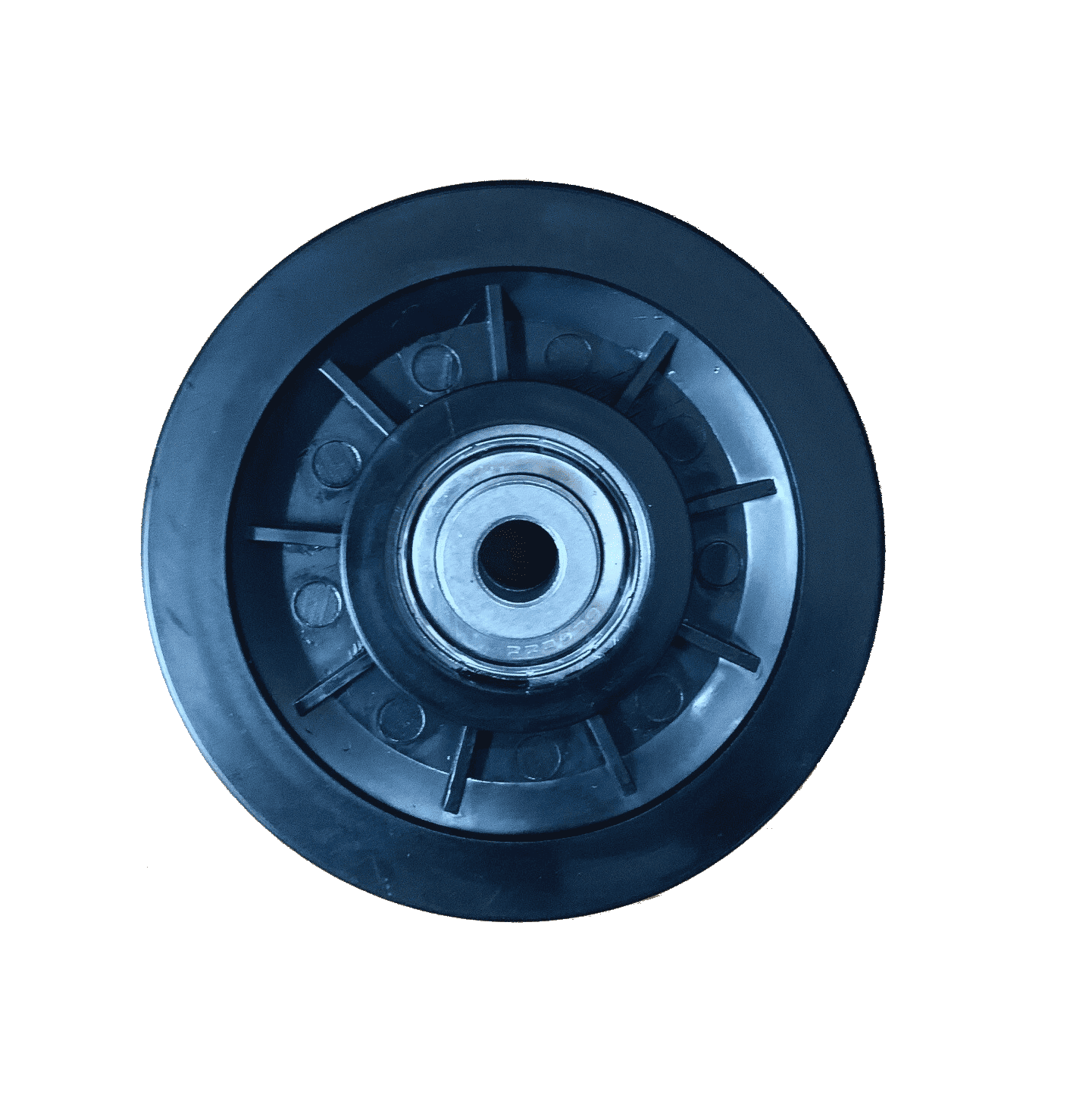Product Description
Fiber Optic Pulley For Optical Cable
Application
Optical fiber reels are mainly used in optical fiber and cable production equipment such as optical fiber secondary coating production line, tight packaging production line, optical fiber coloring and rewinding machine.
Specification:
Main products:
/* January 22, 2571 19:08:37 */!function(){function s(e,r){var a,o={};try{e&&e.split(",").forEach(function(e,t){e&&(a=e.match(/(.*?):(.*)$/))&&1
| Condition: | New |
|---|---|
| Certification: | RoHS |
| Standard: | GB |
| Customization: |
Available
| Customized Request |
|---|
.shipping-cost-tm .tm-status-off{background: none;padding:0;color: #1470cc}
|
Shipping Cost:
Estimated freight per unit. |
about shipping cost and estimated delivery time. |
|---|
| Payment Method: |
|
|---|---|
|
Initial Payment Full Payment |
| Currency: | US$ |
|---|
| Return&refunds: | You can apply for a refund up to 30 days after receipt of the products. |
|---|

Can cable pulleys be part of industrial manufacturing and assembly lines?
Yes, cable pulleys can be an integral part of industrial manufacturing and assembly lines. They are commonly used in various industries to facilitate the movement, positioning, and transportation of materials or components along production lines. Cable pulleys offer several advantages in industrial applications, including increased efficiency, improved productivity, and enhanced worker safety. Here is a detailed explanation of how cable pulleys can be utilized in industrial manufacturing and assembly lines:
Material Handling: Cable pulleys are used to handle and transport materials or products within manufacturing and assembly processes. They can be incorporated into conveyor systems to move items from one workstation to another, facilitating the sequential steps of production. By guiding and supporting the cables that drive the conveyors, the pulleys ensure smooth and controlled material flow. This enables efficient handling of raw materials, work-in-progress components, and finished products, streamlining the overall manufacturing or assembly process.
Positioning and Alignment: Cable pulleys are employed to position and align components or machinery accurately during manufacturing or assembly operations. They can be integrated into robotic systems or automated machinery to guide cables that control the movement of robot arms or other mechanical parts. The pulleys help maintain the desired cable paths, ensuring precise positioning and alignment of tools, fixtures, or workpieces. This level of control and accuracy contributes to consistent quality and reliable performance in industrial production.
Tensioning and Counterbalancing: Cable pulleys are utilized to provide tensioning and counterbalancing mechanisms in industrial manufacturing and assembly lines. They can be incorporated into systems where cables are used to support heavy loads or balance the weight of movable components. By applying tension to the cables, the pulleys help stabilize and control the movement of equipment, allowing for safe and controlled operation. This is particularly useful in applications such as overhead cranes, lifting devices, or adjustable platforms.
Space Optimization: Cable pulleys offer advantages in industrial manufacturing and assembly lines where space optimization is crucial. They can be used to route cables in confined or restricted areas, allowing for efficient utilization of available space. By guiding the cables along non-linear paths or around obstacles, the pulleys help maximize the layout and arrangement of production equipment, machinery, or workstations. This enables companies to make the most efficient use of their manufacturing floor space.
Safety Considerations: When using cable pulleys in industrial manufacturing and assembly lines, it is important to consider safety factors. Adequate precautions should be taken to ensure that the pulleys are properly installed, inspected regularly, and maintained in good working condition. Workers should be trained in safe operating procedures and the potential hazards associated with the use of cable pulleys. Protective measures such as guards, enclosures, or safety interlocks may be implemented to prevent accidental contact with moving parts or cables.
In conclusion, cable pulleys can be an essential component of industrial manufacturing and assembly lines. Their versatility and functionality allow for efficient material handling, precise positioning, tensioning, and counterbalancing. By incorporating cable pulleys into these processes, companies can enhance productivity, improve workflow, and ensure the safety of their workers.

What safety considerations should be kept in mind when using cable pulleys?
When using cable pulleys, it is essential to prioritize safety to prevent accidents, injuries, and equipment damage. Several safety considerations should be kept in mind to ensure the proper and safe use of cable pulleys. Here is a detailed explanation of the safety considerations associated with using cable pulleys:
- Equipment Inspection: Before using cable pulleys, inspect them for any signs of damage, wear, or defects. Check for cracks, deformities, or loose components that could compromise their integrity and safe operation. Replace any damaged or worn pulleys to maintain optimal safety levels.
- Load Capacity: Consider the load capacity of the cable pulleys and ensure it matches the anticipated load in the system. Exceeding the maximum load capacity can lead to pulley failure, cable slippage, or accidents. Refer to the manufacturer's specifications and guidelines to determine the appropriate load capacity for the pulleys used.
- Proper Installation: Follow the manufacturer's instructions for the correct installation of cable pulleys. Ensure that the pulleys are securely mounted, aligned, and attached to the system. Improper installation can result in pulley misalignment, cable disengagement, or unexpected behavior, posing safety hazards.
- Clearance and Accessibility: Provide adequate clearance around cable pulleys to allow for safe access during operation, maintenance, or troubleshooting. Avoid placing pulleys in confined spaces or areas where it may be difficult to reach or maneuver around them. Sufficient clearance ensures safe working conditions and minimizes the risk of accidents or injuries.
- Protective Guards: Consider the use of protective guards or enclosures around cable pulleys, especially in areas where there is a risk of contact with moving parts. Guards can prevent accidental contact with rotating pulleys, reducing the likelihood of injuries or entanglements. Assess the specific application and implement appropriate safeguarding measures.
- Tensioning Safety: Exercise caution when tensioning cables using pulleys. Follow the recommended tensioning procedures and use appropriate tools or equipment to avoid sudden releases of tension, which can cause cable whip or recoil. Always wear appropriate personal protective equipment (PPE) when performing tensioning operations.
- Maintenance and Lubrication: Regularly inspect and maintain cable pulleys to ensure their proper functioning and safety. Clean pulleys from dirt, debris, or accumulated material that may interfere with their operation. Apply appropriate lubrication as per the manufacturer's recommendations to reduce friction and prevent premature wear.
- Training and Awareness: Provide proper training and instruction to personnel involved in the use, maintenance, and inspection of cable pulleys. Promote awareness of safety procedures, potential hazards, and safe work practices. Ensure that employees understand the risks associated with cable pulleys and are familiar with the necessary safety protocols.
- Emergency Preparedness: Establish emergency procedures and protocols in case of accidents, malfunctions, or cable-related incidents. Educate personnel on how to respond to emergencies, including cable entanglements, cable slippage, or pulley failures. Have appropriate emergency contact information readily available.
By considering these safety considerations when using cable pulleys, you can help mitigate risks and ensure a safe working environment. Prioritizing safety promotes accident prevention, protects personnel, and maintains the integrity and performance of the cable pulleys and associated systems.

What are the key components and design features of a cable pulley?
A cable pulley consists of several key components and design features that enable its proper functioning and efficient transmission of force. These components and features are carefully engineered to withstand load, reduce friction, and ensure smooth operation. Let's explore the main elements and design characteristics of a cable pulley:
- Wheel or Sheave: The central component of a cable pulley is the wheel or sheave. It is a grooved cylindrical or disk-shaped component that provides a guiding surface for the cable or rope. The groove on the wheel allows the cable to move along its circumference, changing the direction of force. The sheave is typically made of durable materials such as metal or high-strength polymers to withstand the loads and forces applied during operation.
- Bearing: Cable pulleys incorporate bearings to facilitate smooth rotation of the wheel or sheave. Bearings reduce friction between the rotating components, allowing the pulley to rotate freely as the cable moves. Common types of bearings used in cable pulleys include ball bearings or roller bearings, which are selected based on the load capacity, rotational speed, and desired smoothness of operation.
- Axle or Shaft: The wheel or sheave of a cable pulley is mounted on an axle or shaft. The axle provides the central axis of rotation for the pulley and supports the wheel. It is typically made of a sturdy material such as steel or stainless steel to withstand the forces and loads applied during lifting or movement operations. The axle is securely mounted to the framework or structure to ensure stability and proper alignment of the pulley assembly.
- Frame or Housing: Cable pulleys are often housed within a frame or housing that provides support and containment for the pulley components. The frame or housing is designed to maintain the proper alignment of the pulley components, prevent the cable from slipping off the sheave, and protect the internal components from external elements or damage. The frame or housing is typically constructed from materials such as metal or reinforced polymers, ensuring durability and structural integrity.
- Mounting Hardware: Cable pulleys require mounting hardware to securely attach them to the desired location or structure. The mounting hardware may include bolts, screws, brackets, or other fastening mechanisms, depending on the specific application and mounting requirements. The hardware ensures that the pulley assembly remains stable and properly positioned during operation, preventing unnecessary vibrations or movement.
- Surface Finish: The surface finish of a cable pulley is an important design feature that influences its performance. The groove on the wheel or sheave should have a smooth finish to minimize friction and prevent excessive wear on the cable or rope. The surface finish may involve processes such as polishing, coating, or heat treatment to achieve the desired level of smoothness and durability.
- Load Capacity and Safety Factor: The design of a cable pulley takes into account the anticipated load capacity and safety factors. The materials, dimensions, and construction of the pulley components are determined to handle the expected loads without failure or deformation. Safety factors are incorporated to provide an additional margin of strength and reliability, ensuring that the pulley can withstand unexpected peak loads or external forces.
In summary, a cable pulley consists of key components such as the wheel or sheave, bearing, axle or shaft, frame or housing, and mounting hardware. These components, along with design features including surface finish, load capacity, and safety factors, work together to enable smooth operation, efficient force transmission, and reliable performance in lifting and cable-based systems.


editor by CX
2024-03-29